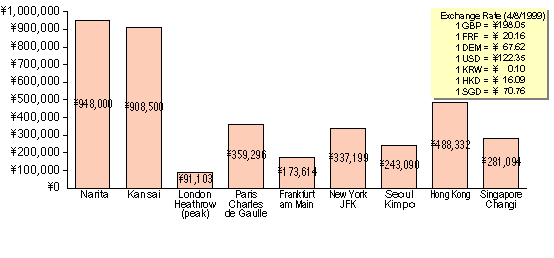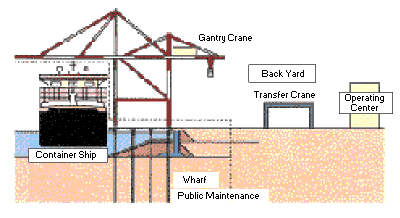| 2. Investigation into
New Consolidation Methods Until now, when most cities looked into ways to change transport infrastructure for major routes, they often presupposed significant economic growth to come, making the users pay for improvements later on. However, in this time where little economic growth is to be expected, the conventional transport development method can face its limit. To continue developing basic transport infrastructure necessary for achieving competitiveness of national industry and coping with environmental issues, it brings a challenge to us how to make investments on them. The limitations of past consolidation methods and the way investments for infrastructure changes are made of potential problems. There needs to be an investigation into the following consolidation methods while taking into account individual aspects of transport infrastructure, and the diverse sources of funding and money raising methods. <Proposal> When there is difficulty finding ways to change the support system for railways, infrastructure can be made public, and operators can increase the efficiency of operations by employing the "the up-down separation method." To find out what "up-down separation method" to use in individual projects, the August 2000 Inquiry19th Report, "Long Term Railway Consolidation Basic Objectives and Smoothing Railway Consolidation" stated that general decisions on the size of operations of new and existing lines should be dealt with separately. The operations of ports and airports are mostly public enterprises. From the late sixties the infrastructure of main lines in metropolitan areas have been set up and run to be profitable. However, recently the so called "New Method"31 used in ports and public authorities have essentially run the Kansai International Airport Island Construction two term operation. From now there should be an thorough investigation setting up appropriate management practices for the infrastructure of main lines and integrating related infrastructure in the vicinity. Moreover investment needed for the implementation of new methods needs to be carefully selected. |
Comparison of Landing Fees for Major World International Airports (1999) |
|
 |
|
| Note: 1. The above figures are of B747-400 International Aircraft (The maximum weight of 395 tons at take-off) 2. Landing fees include special landing fees. 3. In USA there is a $12.80 departure tax and $12.90 arrival tax for each passenger. Ta revenue is used to pay airport and flight path maintenance. |
New Management and Maintenance Methods for Key International Port Terminals |
||
| The provision of a superior international standard deep water terminal at key international ports container terminals, requires the introduction of publicly maintained wharves and a single operator to reduce user costs and increase efficiency. |  |
|
|
|
PREVIOUS |
|
TOP |
|